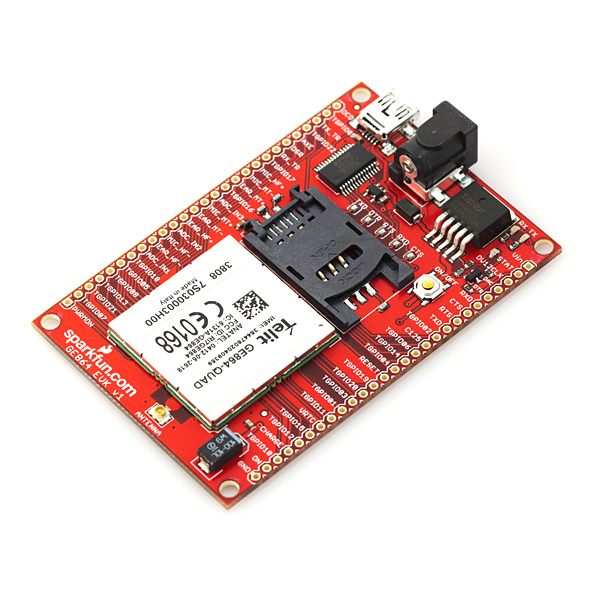
Nima K's Posts (10)
It's been a bit overdue but I've posted a number of updates on the Project Andromeda blog detailing our recent progresses with the manufacturing of the airframe, autopilot development and some software tips. The articles are as follows:
The Perseus Autopilot:
http://www.projectandromeda.com.au/blog/?p=131
This article details the Perseus Autopilot and the recent developments. It also details the hardware and some of the software on board.
Interrupt Based Programming for Microcontrollers
http://www.projectandromeda.com.au/blog/?p=143
A small article which I hope will be useful to people looking to write programs for microcontrollers using interrupts.
Airframe Developments
http://www.projectandromeda.com.au/blog/?p=149
A picture-heavy update on how we are developing the airframe of the Andromeda vehicle.
All of these are available on the Project Andromeda blog:
http://www.projectandromeda.com.au/blog/
I hope you find them useful and I'd love to hear your feedback.
I've been a bit careless about updating the blog regularly but here it is finally! I've posted some videos and pics of our CNC cutting some wing molds as well as the antenna gimbals. There are also pictures of the mold layup process, gimbal mechanics and new CNC setup. Please find the full article here:
http://www.projectandromeda.com.au/blog
I've also finished the first revision of the IMU, and written a simple simulator in the GS to figure out any bugs on the Autopilot. I will post some shots and videos of these tomorrow. Also, we are officially an entrant in the 2010 UAV Outback Challenge!

So we're going into the Outback UAV challenge and I've been brainstorming ideas about a backup communication system as it's not really desirable to lose primary communication at all. So I know the Aerosonde guys use satellite data packets for their backup telemetry (namely iridium), but having looked at their prices and latency I don't think it's a good option. Enter the GE864. I'm currently working with it at my day job and it's a fantastic little unit with so much functionality it's almost silly. It has an in-built python interpreter with 1MB of program memory which is pretty good. It also has a slew of GPIO and emulated bus protocols such as SPI, I2C, etc that can be multiplexed onto the pins.
I've been busy writing the communication protocols between the Ground Station and Autopilot. I thought some people might be interested and possibly make use of the approach I've taken. It's all done in binary with discrete packets and makes use of DMA and Interrupts to use as little processor time as possible.
Asynchronous operation is achieved by the use of two FIFO queues and double buffered DMA channels for each radio. There is a lot of detail that will make the diagram above make a bit more sense.
Full article at: http://www.projectandromeda.com.au/blog
The above picture shows the Project Andromeda ground station circuitry. You can also see the DNT900 from RFM. I believe there has been some interest on this radio in the DIY Drones community and once I finish the construction of the autopilot I will be able to give a recount of my experiences with it. So far, however the radio seems to be extremely capable (especially compared to the Aerocomm AC4790 radios that we previously used).
You can find more information related to the ground station and the DNT900 in the full article available at: http://www.projectandromeda.com.au/blog.